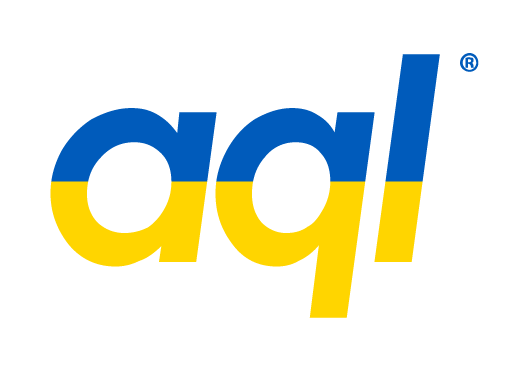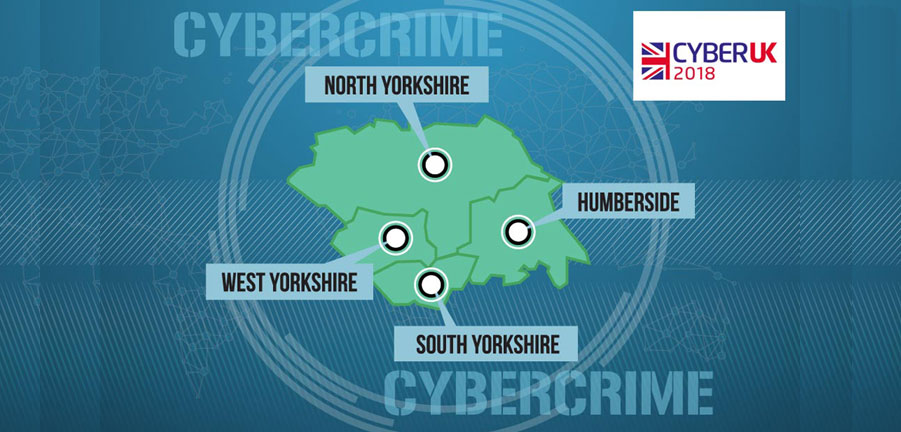Cyber and the North
aql’s CEO, Adam Beaumont – a visiting professor of cyber security at the University of Leeds – spoke at GCHQ’s annual conference, CYBERUK 2018, last week. The event was held in Manchester to coincide with the opening of GCHQ’s new flagship presence in the Northern Powerhouse.
Beaumont, whose interests over the past two decades span military, internet and mobile security, described the changing face of cyber:
“As we move into the data-driven age, we need to be sure that the data that drives us can be trusted and the outcomes we derive from it are the right outcomes, whether this is a medical diagnosis or the navigation of a self-driving car. The integrity of control systems will come to the fore – we will need a complex overlay of low-latency integrity monitoring networks and systems which are developed to be secure by design to manage the increasing needs for accountability and audit in automated systems.”
He highlighted that 5G technologies and local data routing within a city will provide an optimal support fabric to allow the next generation of autonomy to be tested and implemented safely. He described the new attack vectors which smart cities and smart living bring and the role of AI in identifying threats whilst being one itself.
Building the first carrier neutral datacentre site in Leeds, in a grade II listed chapel, in the midst of a recession, took a certain amount of vision and was not without risk. Back in 2006, Beaumont believed firmly that by building a site next to the main internet arteries which traverse the country, he could convince the global operators that this site was the right point to connect their networks into Leeds and the region.
As it turned out, the risk paid off and Leeds and the region were put on the “internet map”. A few years later, there were enough fibre operators connecting to the chapel to allow the co-creation of the UK’s first internet exchange outside of London. This fundamental digital infrastructure created a competitive marketplace for bandwidth and resilience and independence from London, allowing Northern businesses to take straight-line routes into the US and Europe without traversing London. It was this infrastructure which paved the way for the digital growth of the region.
Another functionality of internet exchanges is that they are a “routing” hub, which means that traffic from one regional operator can be routed to another locally, without sending the traffic to other internet centres, such as London, Amsterdam or Frankfurt. This means that traffic stays on the higher bandwidth local circuits – meaning less likelihood of constraints or delays, which degrade the quality of the internet – particularly around video conferencing or other streaming media. This is known as low-latency network engineering.
Beaumont explained that the same low-latency principles which had resulted in the formation of the region’s internet exchange also acted as the fundamental architecture to support high-frequency decision-making traffic as is needed to control and coordinate the next generation of autonomous vehicles and the region’s aspirations to be one of the leading smart cities.
He stated: “We’re at a time of unique opportunity – we have a city infrastructure designed for smart traffic, a number of very capable partners in the region and also supportive city councils. I believe, however, that we need to focus on building the integrity layers – the “TrustTech” needed to deploy autonomous transport and citizen safety technologies with a provable foundation, which ensures that this technology not only “fails to safe” but demonstrably so. We see aql sitting at this layer in the infrastructure stack, allowing our smart partners in VR, AR and gaming to build the next generation of integrated transport software. One thing we know for sure is that the future of transport does not look like the transport we know now.”
To emphasise this last point, Beaumont held two launch events during Leeds Digital Week, showing today’s students (tomorrow’s innovators) the company’s self-driving car project, as well as a demonstration of human jet flight, bringing partner Gravity Industries to enthuse the next generation.


